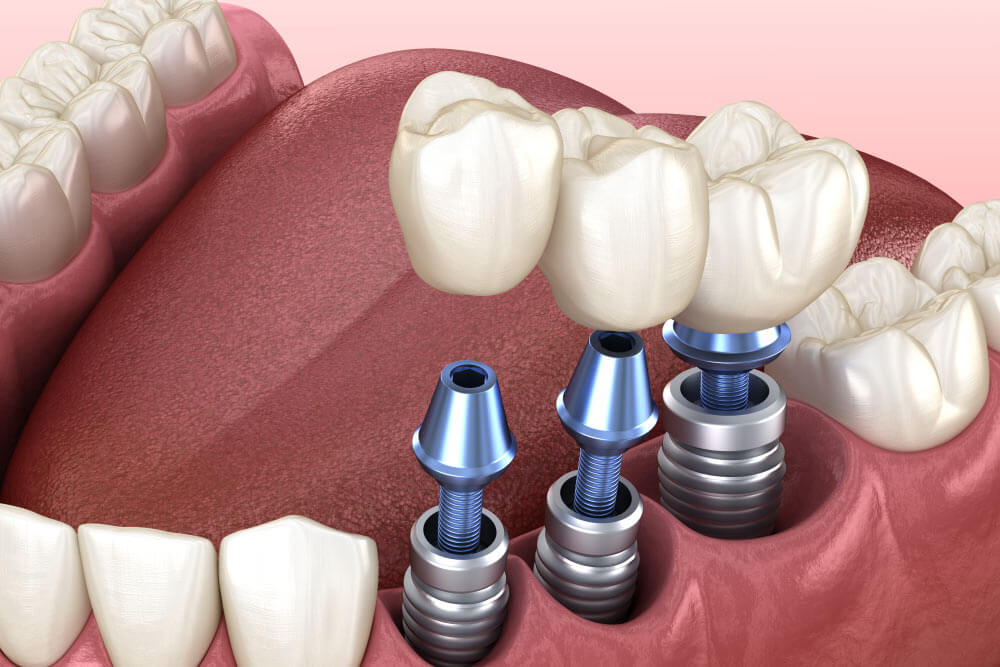If you are missing one or more of your natural teeth, then you might already be aware that dental implants represent the best available method for replacing those teeth and restoring form, function, and health to your mouth. However, even if you have done a fair amount of research into dental implants, you may still be wondering exactly what dental implants are. There is a lot of information out there, and for every web page that vaguely touts the benefits of implant dentistry, there is a clinical article that requires an advanced dental degree to understand. It can be hard to find the straightforward facts about what comprises a dental implant.
Drs. Allan Libunao and Richard H. Kim try to simplify matters by breaking down the anatomy of dental implants during consultations at their Bolingbrook, IL oral surgery and implant center so that patient understand precisely what is being placed into their mouths before they commit to undergoing surgery. In the following blog post, they would like to do the same for you. If you are considering replacing your missing teeth with dental implants, here is what you have to look forward to.
While dental implant surgery requires meticulous planning and the sort of technology and advanced skills and techniques featured at Suburban Oral Surgery and Implant Center, dental implants are elegant in their simplicity, like natural teeth, themselves. Once you understand what dental implants are composed of, we invite you to schedule your initial consultation with one of our esteemed implant dentists.
THE PARTS OF A DENTAL IMPLANT
The beauty of a dental implant lies in its simplicity. The dental implant system comprises only three basic parts:
1. The implant post: This is the dental implant, itself. Shaped like a screw and made either of pure titanium or a titanium alloy, the implant post is essentially an artificial tooth root that is surgically embedded into the jaw. Because the human body does not recognize titanium as a foreign substance, it cannot distinguish between a dental implant and a natural tooth root. As a result, the jaw bone grows around the implant post, fusing together with it in a process clinically known as osseointegration. Although the timeline varies from patient to patient, osseointegration generally takes between four and six months. At the end of the process, the implant post is as much a part of the patient’s anatomy as any other tooth root.
2. The abutment: Once the jaw bone has healed around the implant, an incision is made in the gum to uncover the implant post. An abutment is then attached to the top of the post. The abutment generally screws onto the top of the exposed posts, although there are single-piece dental implants that include the abutments as part of the posts. In any event, the abutment is the portion of the implant that protrudes through the gums and to which the replacement tooth is attached.
3. The restoration: Depending on how many missing teeth are being replaced, dental implants may be used to secure single crowns, dental bridges, or even full-arch dentures. The design of the restoration will determine whether it is cemented or screwed onto the abutment. In the case of dentures, it may also be snapped into place.
LEARN MORE ABOUT THE ANATOMY OF DENTAL IMPLANTS
To learn more about the anatomy of dental implants, please contact Suburban Oral Surgery & Implant Center today.

